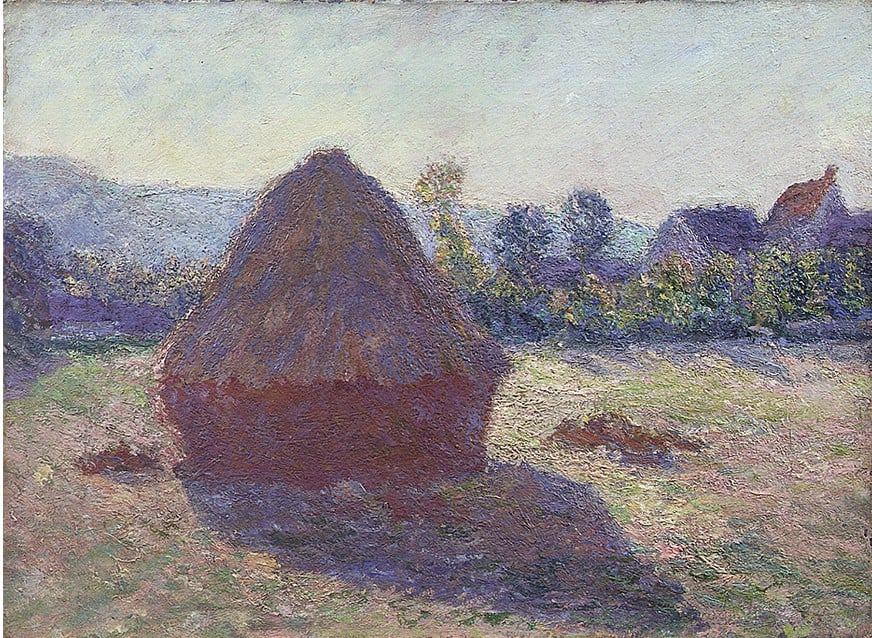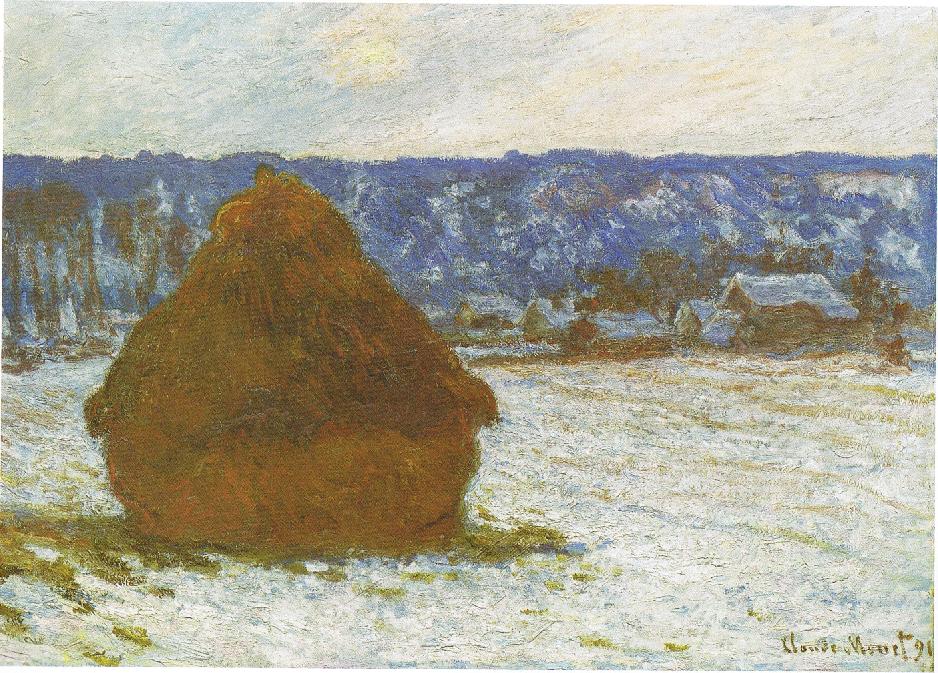Art World
Researchers Discover New Claude Monet Haystack Painting


Sarah Cascone

A new Claude Monet painting has been added to the Impressionist’s canon, thanks to the marvels of modern technology.
The 1891 painting, A Haystack in the Evening Sun, was being examined by mathematical information technology department researchers at Finland’s University of Jyväskylä when a long-obscured signature was discovered beneath a layer of paint.
Paintings by the French master are have considerable cachet, fetching high prices (see Guarantees Spur Sotheby’s Impressionist and Modern Sale to Record £186.4 Million and $101 Million Giacometti Leads Sotheby’s $400 Million Imp Mod Evening Sale) and inspiring deranged acts of vandalism (see Another Monet Was Punched).
Finland’s Gösta Serlachius Fine Arts Foundation acquired the newly-authenticated painting in the 1950s but had been unable to prove it was really by Monet due to the apparent lack of a signature. A Haystack in the Evening Sun joins several other paintings being identified recently as the work of major artists (see Rubens Painting Cast Off by Metropolitan Museum as a Copy Authenticated as Real—Oops, Newly Authenticated Rubens Heads to the Royal Academy, and $50 Million Rembrandt Selfie Authenticated).

Claude Monet, Stack of Wheat (Snow Effect, Overcast day) (1890–91).
Photo: Art Institute of Chicago.
Of course, even before the A Haystack in the Evening Sun was proven to be a signature work, its authenticity was a safe bet, based on appearance alone. The canvas fits right in to the known works in Monet’s iconic “Haystack” series, which depicts bales of hay in the fields near the artist’s home in Giverny, France, in different seasons and times of day, and in varying weather conditions.
The examination of the Monet haystack painting was conducted at the school’s Recenart Research Center for Art, using a hyperspectral camera. In addition to identifying the painting’s elemental composition through an XRF device, the instrument revealed that Monet’s signature was covered by a layer of paint.
“The hyperspectral camera took an image of 256 different wavelengths simultaneously in the near-infrared region,” said researcher Ilkka Pölönen in a statement. “This wavelength region is not visible to the human eye. Many of the painting’s pigments which have been used and are still used today are there in the wavelength range which is partially and even completely transparent. In this case, the light reflection can be measured from the surface layer and deeper.”
By carefully scanning the work layer by layer, the hyperspectral camera was able to uncover the long-lost signature, and return the painting to its rightful place in the Monet oeuvre.